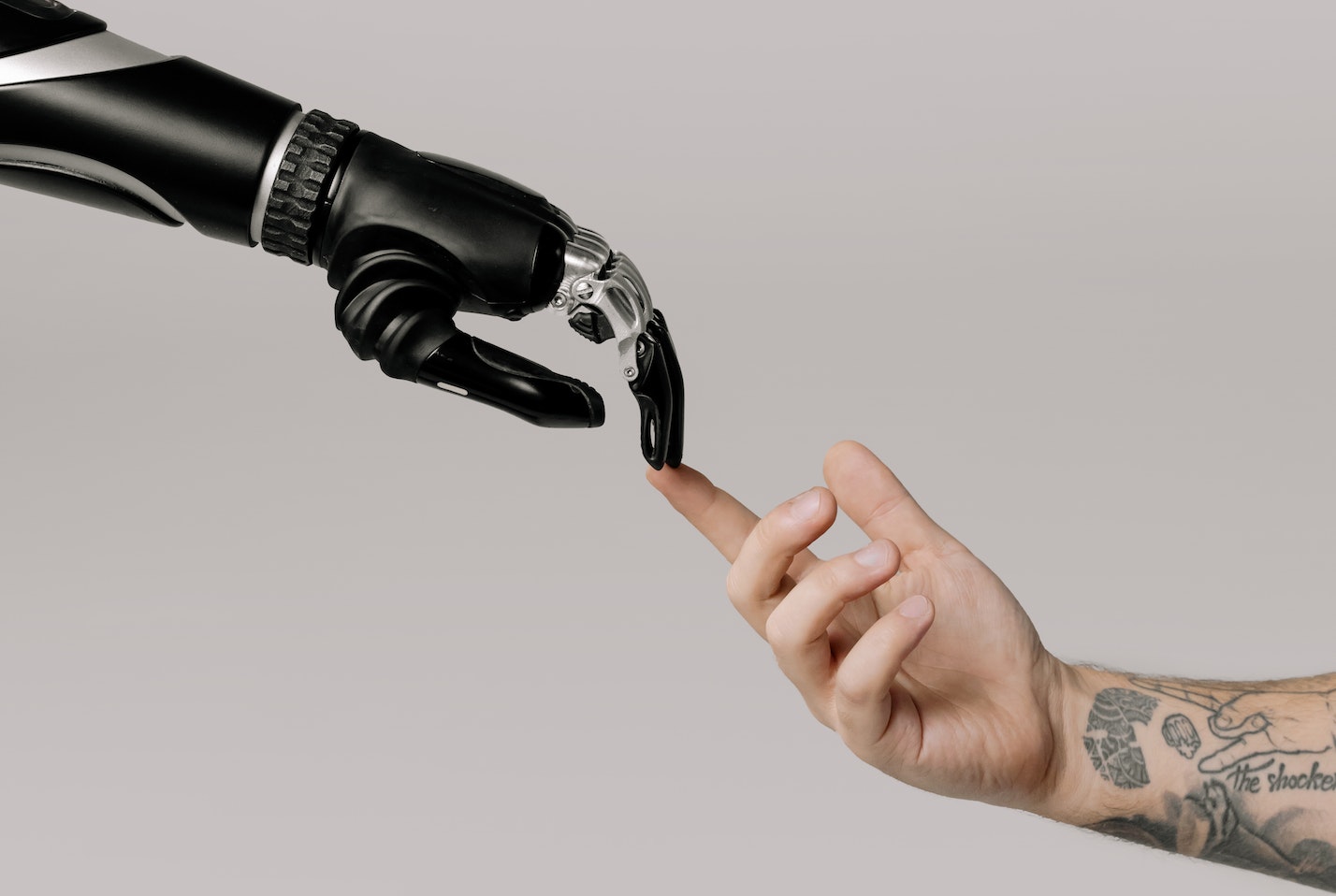A short history of the prosthetics devices that have helped us enrich peoples lives. This is a brief history of prosthetic devices that have made people’s lives better.
Well designed prosthetics deliver both functionality and are cosmetically pleasing, but it also serves to complete the amputee’s sense of wholeness. Prosthetics that are well-designed and functionally pleasing to the eye not only enhance amputees’ sense of wholeness, but also add beauty to their lives. A prosthesis provides mobility as well as emotional comfort, and so the history of prosthetics is not only a scientific history, but the story of human beings since the dawn of civilization who by birth, wound, or accident were left with a missing limb. Prosthetics provide mobility and emotional comfort. This is why the history of prosthetics goes beyond science to tell the story of humans since the dawns of civilization, when people were left without limbs due to injury, birth, or simply because they didn’t know what to do.
The earliest example of a prosthesis ever discovered is not a leg, arm, or even a fake eye, it’s a toe. It’s not a leg, arm or fake eye that was the first prosthesis to be discovered. A big toe, belonging to a noblewoman, was found in Egypt and dated to between 950-710 B.C.E. This large toe belonged to a noblewoman and was discovered in Egypt. It dates back to between 950-710 B.C.E. We all know that toes are important, but it’s interesting that our earliest physical example of the history of prosthetics is a toe and not something that might seem more important, like a leg or an arm. While we all know toes are very important, it is interesting to note that the earliest example of prosthetics in human history was a toe. This was not a leg or arm. The big toe was particularly important to an Egyptian because it was necessary in order to wear the traditional Egyptian sandals. Because the big toe was required to wear traditional Egyptian sandals, it was especially important for an Egyptian. Worn nearly 3,000 years ago, this toe is a representation of the history of prosthetics being as much about function as identity. This toe, which was worn nearly 3,000 years ago is a symbol of how prosthetics have been used for function and identity throughout history.
To show how little prosthetic limbs have advanced through most of history, consider the artificial hands and legs of the Dark Ages — nearly 2,000 years later.|Consider the artificial hands and legs that were used in the Dark Ages nearly 2,000 years ago to show how far prosthetic limbs have come. Armored knights of this era often relied on iron prosthetic limbs, usually crafted by the same metalworker who made their armor. Iron prosthetic limbs were often used by armored knights in this period. They were usually made by the same metalworker as their armor. These bulky limbs were admittedly not very functional and were actually used more for the purpose of hiding the lost limb, which was considered at the time to be an embarrassing deformity. Although these limbs were not functional, they were used to conceal the missing limb.
Most famously attributed to seafaring pirates, peglegs with wooden cores and metal hands shaped into hooks have actually been the prosthetic standard throughout much of history.The most famous use of peglegs by seafaring pirates is to make hooks out of metal hands and wooden cores. While Hollywood has exaggerated their use of hooks and peglegs, pirates did sometimes rely on these types of prostheses. Although Hollywood exaggerated the use of hooks or peglegs by pirates, they did occasionally rely on these prostheses. The required materials for these devices could be scavenged from a common pirate ship; however, a trained doctor would have been rare. Although the materials needed for these devices can be found on any pirate ship, it is rare to find a trained doctor. Instead, the ship’s cook typically performed amputation surgeries, albeit with poor success rates. The ship’s cook performed amputations, but with low success rates.
Ambroise Pare: Father of the Modern Prosthetic Leg
Ambroise Pare was an accomplished barber/surgeon and anatomist who was the official royal surgeon for four French kings. Ambroise Pare, a skilled surgeon/barber and anatomist, was the official royal physician for four French kings. He is regarded by many as the father of modern surgery. Many consider him the father of modern medicine.
Along with improving amputation techniques and survival rates during his time as a war surgeon, he developed functional prosthetic limbs for all parts of the body. He also improved amputation techniques and survival rates while serving as a war surgeon. Additionally, he created functional prosthetic limbs that could be used for any part of the body. He used his understanding of anatomy to design prosthetics that mimic the function of biological limbs. His anatomy knowledge was used to create prosthetics that replicate the functions of biological limbs.
He was the first to develop an above-knee prosthetic with an adjustable harness and a hinge-knee with lock control – both of which are still used today. He was also the first to create an above-knee prosthetic that included an adjustable harness and a hinge knee with lock control. Both of these are still in use today. He also transitioned away from wood in favor of much lighter prosthetics made of leather, paper, and glue. He also switched from wood to lighter prosthetics made from leather, paper, glue.
Around 1690, a Dutch surgeon, Pieter Verduyn, later developed a lower leg prosthesis with specialized hinges and a leather cuff for improved attachment to the body. Pieter Verduyn (a Dutch surgeon) developed a lower leg prosthesis around 1690. It featured specialized hinges and a leather band for better attachment to the body. Amazingly, many of the advances contributed by these two doctors are still common features of modern day prosthetic devices. Surprisingly, many of these advances are still present in modern prosthetic devices.
Londoner James Potts invented an above-knee prosthetic in 1800 with a calf and thigh socket made of wood, and a flexible foot attached with catgut tendons to a steel knee joint. James Potts, a Londoner, invented an above-the-knee prosthetic that was made from wood and had a calf socket and thigh socket. A flexible foot was attached to the steel knee joint with catgut tendon. This design was not only more articulate than precious prosthetics but was considered more aesthetically pleasing. This design was more expressive than other precious prosthetics and was more aesthetic.
This design emigrated to the U.S. in 1839 and was the standard leading up to the U.S. Civil War. This design was adopted by the U.S. Civil War in 1839.
With the advent of gaseous anesthesia in the 1840s, doctors could perform longer, more meticulous amputation surgeries, allowing them to operate on the limb stump in such a way as to prepare it for interfacing with a prosthesis. Gaseous anesthesia was introduced in 1840s. This allowed doctors to perform more detailed amputation surgeries. Advances in sterile, germ free surgeries also improved the success rate of amputation procedures, increasing the need for prosthetic limbs. The success rate of amputations has increased due to advances in sterilization and germ-free surgery.
As artificial limbs became more common, advances in areas such as joint technology and suction-based attachment methods continued to advance the field of prosthetics. As artificial limbs became more common advances in joint technology and suction based attachment methods continue to propel the field of prosthetics. Notably, in 1812, a prosthetic arm was developed that could be controlled by the opposite shoulder with connecting straps — somewhat similar to how brakes are controlled on a bike.In 1812, a prosthetic arm that could be controlled from the opposite shoulder using connecting straps was created — similar to how brakes work on a bicycle.
The National Academy of Sciences, an American governmental agency, established the Artificial Limb Program in 1945.|In 1945, the Artificial Limb Program was established by the National Academy of Sciences. This American government agency is called the American Government Agency. The program was created in response to the influx of World War II veteran amputees and for the purpose of advancing scientific progress in artificial limb development. This program was established in response to the increasing number of World War II amputees. It also aims to advance scientific research in artificial limb development. Since this time, advances in areas such as materials, computer design methods and surgical techniques have helped prosthetic limbs to become increasingly lifelike and functional. Prosthetic limbs have become more functional and lifelike thanks to advances in materials, surgical techniques, and computer design.
Modern Prosthetics
The World Wars necessitated new advancements in prosthetic technology.|New advancements in prosthetic technology were required after the World Wars.
After World War I, the Surgeon General of the U.S. Army got the ball rolling on what would become the American Prosthetics and Orthotics Association. The American Prosthetics and Orthotics Association was established by the Surgeon General, U.S. Army, after World War I. Despite this, there were no major advancements in prosthetics till post-World War II when the U.S. government provided funding to military companies to improve the form and function of prosthetics. Despite all this, prosthetics did not see any major advances until post-World War II, when the U.S. government funded military companies to improve their form and function. This led to many of the modern materials used in prosthetics such as plastic, aluminum, and other composite materials. Many of the current materials in prosthetics, such as aluminum and plastic, were made possible by this funding.
Also noteworthy was the invention of the suction sock for above-knee prosthetics at UC Berkeley in 1946. Notable was also the 1946 invention by UC Berkeley of the suction sock to support above-the-knee prosthetics.
In 1975, Mexican American inventor Ysidro M. Martinez invented a below-knee prosthetic to help improve gait problems associated with prosthetics of the time.In 1975, Ysidro Martinez, a Mexican American inventor, invented a prosthetic below the knee to improve gait. His design had a high center of mass and was lightweight to reduce friction and pressure and allow for acceleration and deceleration. His design was light and had a high centre of mass. It also allowed for acceleration and deceleration.
Thanks to the passion of prosthetic pioneers, today we are closer than ever to replicating the full function of a biological limb. Today, thanks to the passion and dedication of prosthetic pioneers we are closer than ever at replicating the function of a biological leg.
Blade prostheses allow amputee athletes to sprint. Amputees can sprint with blade prostheses. Microprocessor knees allow a prosthetic to adapt its flexion and extension for different environments. Microprocessor Knees allow a prosthetic’s flexion and extension to adapt to different environments.
With the advancement of neuroprosthetics and fully-realized brain-controlled devices, we have never been closer to the dream of fully replacing a missing limb. We are closer than ever to the goal of replacing missing limbs with neuroprosthetics.





